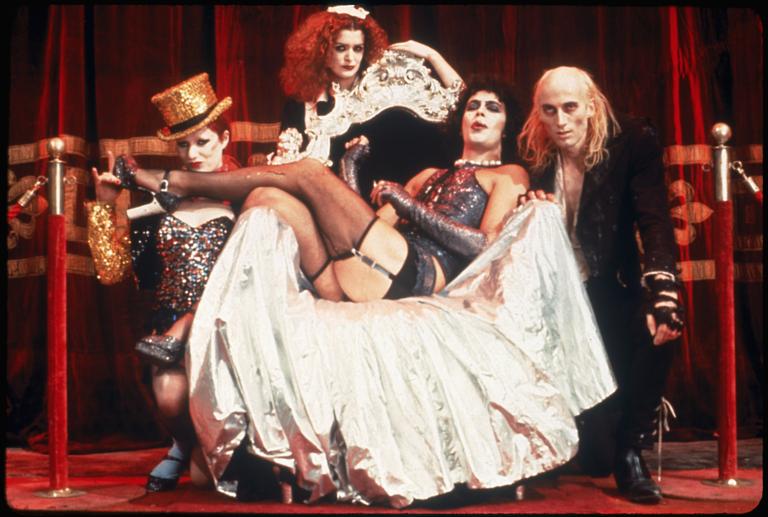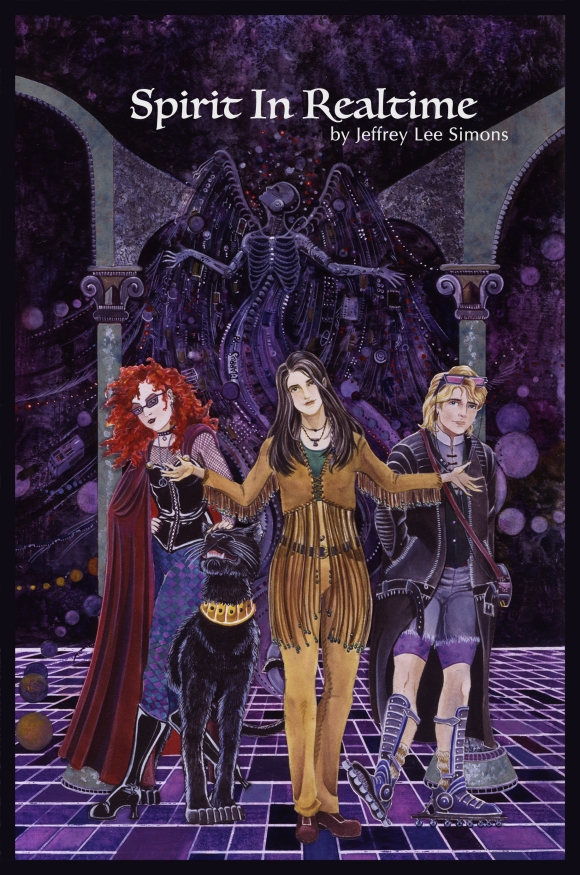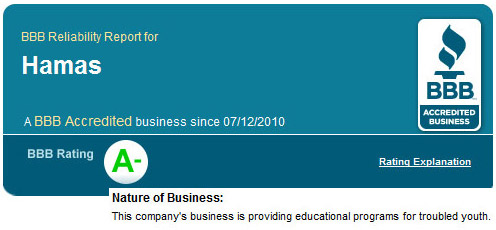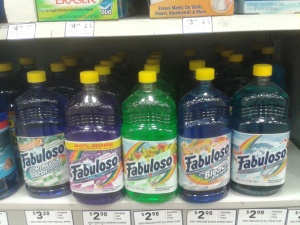Are we allowed to like Rocky Horror anymore?
It can be a little hard to tell these days.
I thought Buffy was still okay, but apparently it depends on to whom you are talking… or, more troublingly, who is listening twice removed.
Lauding Gloria Steinem and the feminists of the 70s can get you in similar hot water. And be sure to duck after you mention Jefferson, Washington, Adams, or any Founding Father other than Hamilton.
The hopefulness we got from Star Trek? Scratch that. That idyllic future was problematic on multiple levels, not the least of which was Kirk’s treatment of women of all colors. (And I do mean all.)
I get trounced for waxing the least bit nostalgic about Pete Rose, but it’s nowhere near as vitriolic as the choir of disdain I’ve often joined directed towards anyone who says it’s okay to play Michael Jackson songs or watch a Woody Allen movie.
Please understand: I’m not defending any of the particular wrongs that apply here. Evil is still evil, and inhumanity and immorality are never excused or even mitigated by good works.
Karma is a bitch, baby. (Wait, can we even say that anymore? I can’t see “Karma is a genderless but ironically nasty agent, person who I am not intending to demean” becoming anybody’s go-to bit of wisdom.)
Nor am I arguing some version of “ignorance is bliss.” Merely that while everyone is busy making sure their point of view is heard, their frame of reference respected, and their history told honestly by those who knew it and not as revised by the victors, we don’t lose sight of our shared humanity, our shared lack of access to the full objective truth, our shared imperfections, and our shared right to personal growth and change.
Rather than reject things for their imperfections, isn’t it more in line with inclusionary thinking to appreciate them for what they are, accept them, sins and all, but with our eyes, our hearts, and our minds open but wary?
For instance, take the much-maligned The New York Times. Have they made mistakes? Of course. Find me a news outlet that has never made a mistake – no, really, find me one, I will happily subscribe. But rejecting them utterly as fake news is dangerous, misguided, and, frankly, as intellectually lazy as mindlessly accepting everything they report. We all need to assess every piece of data we get, from every source, or we risk outsourcing our rationality and our personal responsibility.
Marvel did some seriously nasty stuff to a strange assortment of amazing female characters who never would have tolerated that crap in real life, but it also made a woman of color the leader of the most popular team of superheroes in the history of comics. (Actually, Storm holds both those distinctions, one dubious, the other inspiring.) Some of my most socially conscious friends are huge Marvel fans, in spite of the misogyny and frequent use of rape and abuse for character development, or of the lame treatment of female Avengers in Endgame. They have clearly figured out a way to love what they love while opposing what they oppose and still remain fans.
Finally, there’s science. We are well past our expiration date when it comes to some of the more apocalyptic environmental predictions of the 70s, and SARS didn’t kill as many people as we feared it might. (The jury is unfortunately out on Coronavirus, but it’s beginning to look like the predictions weren’t harsh enough to get self-centered college students to stop spring breaking or religious extremists to stop gathering for weddings or services.) Scientists use data and history to project results into systems that are for more complicated than we can ever possible fully model. (Can you say hurricanes?) That doesn’t mean that scientists are spouting mumbo jumbo. In fact, responsible scientists are the first to change their hypotheses when data proves them wrong. It’s kind of how they’re wired.
One of my favorite John Cusack movies is Grosse Pointe Blank. (The “Under Pressure” baby scene is second only to Say Anything’s iconic boom box scene in top JC moments.) The last line of the movie is delivered by Debi, played by Minnie Driver in one of my favorite roles of hers: “Some people say forgive and forget…I say forget about forgiving and just accept. And…get the hell out of town.”
Acceptance. What an interesting concept. (It’s why I remain friends with people who support the traitor who has currently taken our country hostage. Acceptance. And a strong hope that they’ll wake up someday.)
It’s certainly easier than cancelling anything and everything that crosses any particular line you have.
Because if we start cancelling everything that’s not perfect, where does that end?
Who would want to live in that world?
More importantly, who would be allowed to live in that world?
Can someone please explain to me when, and perhaps more importantly why, it became okay for some rational people, who are themselves not perfect, to turn anyone else’s transgression, regardless of intention or historical context, into a one-way trip to Coventry?
(If you don’t know what it means to be sent to Coventry, look it up. And I promise I won’t ostracize you forever for not knowing what it means.)




